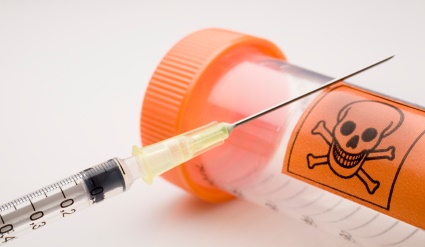One of the most commonly used tricks to make a drug look more effective than it is in a real-world setting is to conflate absolute and relative risk reduction. While AstraZeneca boasted a relative reduction of 100%, the absolute reduction was 0.01%. For the Pfizer shot, the relative risk reduction was initially 95%, but the absolute risk reduction was only 0.84%
In AstraZeneca’s trial, only 0.04% of people in the vaccine group, and 0.88% in the placebo group were infected with SARS-CoV-2. When the background risk of infection is that low, even a 100% absolute risk reduction becomes near-meaningless
Research shows the majority of SARS-CoV-2-specific antibodies in obese COVID-19 patients are autoimmune and not neutralizing. This means that if you’re obese, you’re at risk of developing autoimmune problems if you get the natural infection. You’re also at higher risk of a serious infection, as the antibodies your body produces are not the neutralizing kind that kill the virus. Does the same hold true for antibodies made in response to the COVID jab?

At nearly 72%, Vermont has the highest rate of “fully vaccinated” residents in the country, yet COVID cases are suddenly surging to new heights. During the first week of November 2021, cases increased by 42%. The hospital admission rate for fully vaccinated patients increased by 8%, while the admission rate for those who were not fully vaccinated decreased by 15%. Local health authorities blame the surge on the highly infectious delta variant, which would be odd if true, since the first delta case in Vermont was detected back in mid-May
Data from physician assistant Deborah Conrad show vaccinated people — counting anyone who got one or more shots, regardless of time since the injection — are nine times more likely to be hospitalized than the unvaccinated
Read the full analysis by Dr. Mercola
George W. Bush: The terrorists want to change our lifestyle






